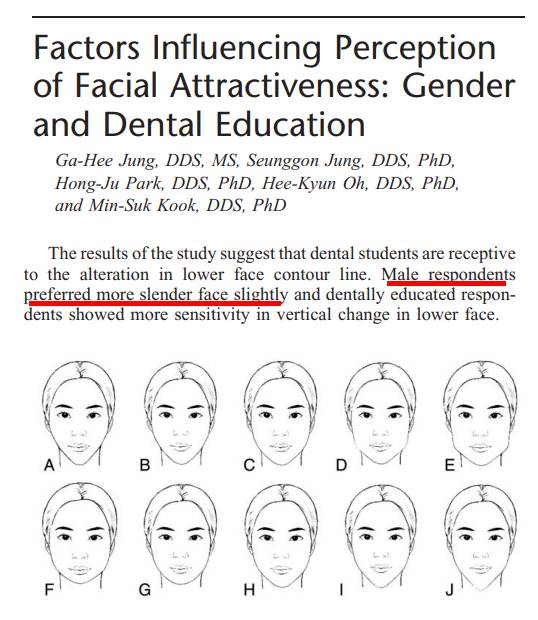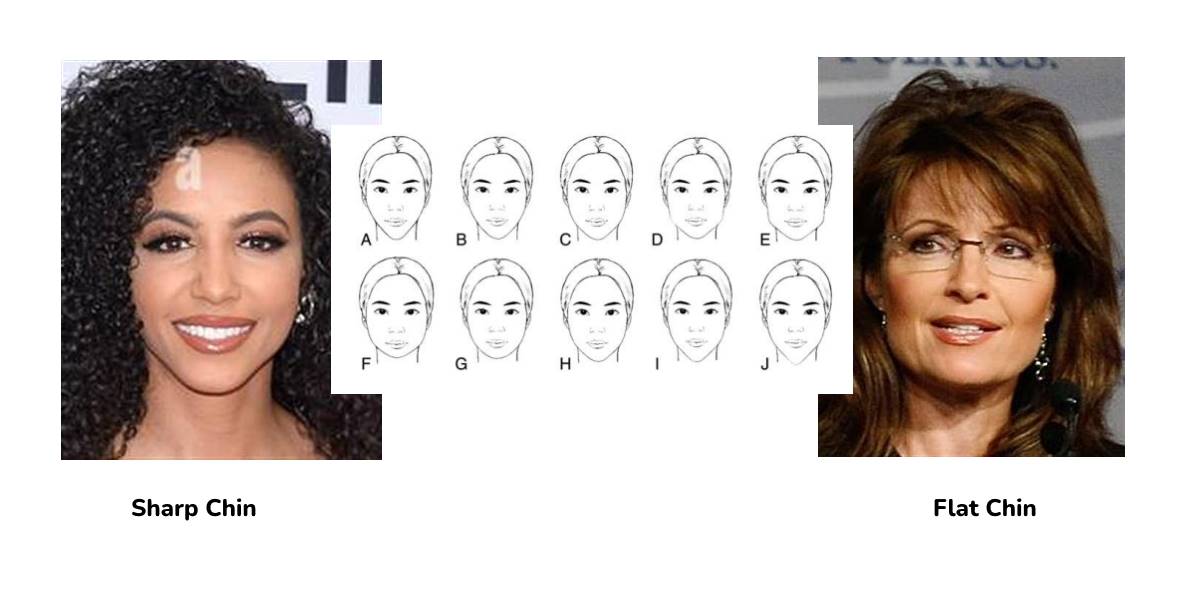Summary
The shape of the chin is a crucial factor in facial appeal, particularly for females. A study found that a small or narrow chin is often linked to a more feminine appearance. Moreover, a study discovered that a slender face with a sharper chin angle is preferred over a face with larger bigonial width. This preference was supported by a study reporting that broad or square chins can be aesthetically unappealing.
A retrospective study involving 36 patients demonstrated that reducing the mandibular width (G-G distance) and creating a sharper chin significantly enhanced facial attractiveness. Overall, these findings suggest that a larger upper lip height and a more slender, sharper chin are considered more attractive in females.
Research
The shape of the chin is often considered a crucial factor in facial appeal, particularly for females. The study, held at the Department of Anthropology, by Thayer et al. (2013) finds that “studies of female attractiveness consistently report that a small or narrow chin is associated with a more feminine appearance”. The study collected symphysial outlines from 180 recent human mandibles, including 90 females representing nine geographic regions.

In another study carried out by Jung and colleagues (2018) at the Department of Oral and Maxillofacial Surgery, 220 students were requested to rate facial figures with alterations to the bigonial width and the vertical length of the lower face. It was found that the highest preference score was indicated for the standard figure (golden ratio), whereas facial figures with large bigonial width and chin length had the lowest score.

The study further demonstrated that a slender face with a sharper chin angle is favored over a face with larger bigonial width.

This finding is further supported by a study which reported that broad and/or square chin can be aesthetically unappealing (Hirohi, 2021).
Another retrospective study involving 36 patients carried out by Zhang et al (2014) demonstrated that reducing mandibular width G-G distance from 119.9 mm ± 3.9-109.7 mm ± 3.5 and creating a sharper chin enhanced the aesthetic beauty significantly.

Reference
Thayer, Z. M., & Dobson, S. D. (2013). Geographic Variation in Chin Shape Challenges the Universal Facial Attractiveness Hypothesis. PLoS ONE, 8 (4), e60681. https://doi.org/10.1371/journal.pone.0060681
Jung, G. H. et al. (2018). ‘Factors Influencing Perception of Facial Attractiveness: Gender and Dental Education’. The Journal of Craniofacial Surgery. 29(2), e170–e175. https://pubmed.ncbi.nlm.nih.gov/29303849/
Hirohi, T. (2021) ‘A New Concept of Narrowing Genioplasty: Home Plate-Shaped Sliding Osteotomy’, Plastic and reconstructive surgery, 148(2), 309–319. https://pubmed.ncbi.nlm.nih.gov/34133407/
Zhang, C. et al. (2014) ‘Single stage surgery for contouring the prominent mandibular angle with a broad chin deformity: en-bloc Mandibular Angle-Body-Chin Curved Ostectomy (MABCCO) and Outer Cortex Grinding (OCG)’. Journal of cranio-maxillo-facial surgery https://pubmed.ncbi.nlm.nih.gov/24754914/

